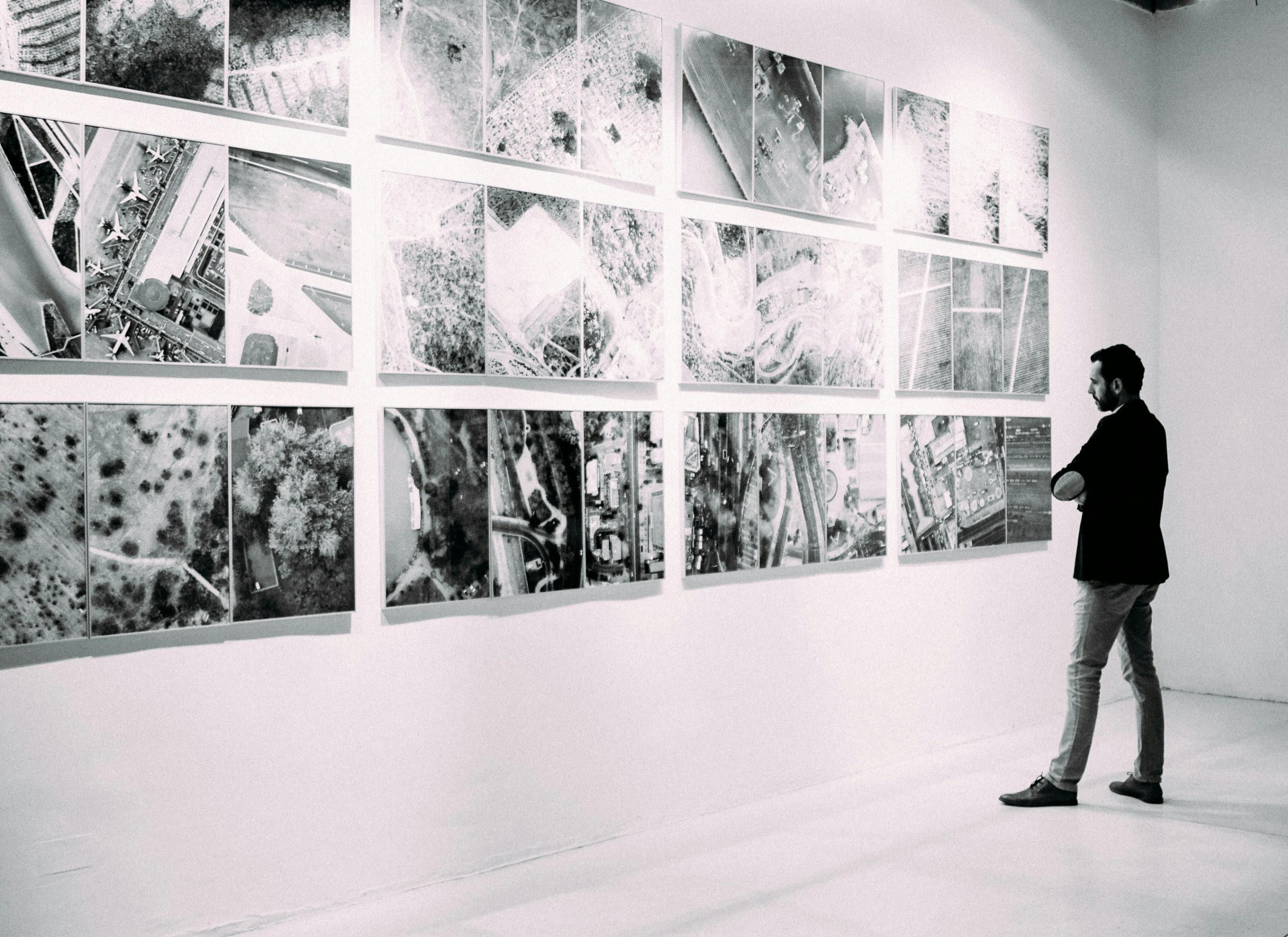A global art world that is in go-mode year-round puts a lot of pressure on its players, potentially resulting in not just art fair fatigue but straight-up burnout. It may be even harder to deal with today, in a post-pandemic world that gave dealers and other professionals in this space a taste of what life could be like in a world with slower showing and sales cadences. In a cooling market, one might expect to see work-life-balance-enhancing slowdowns, but Artlogic’s 2024 Gallery Report, which collected responses from 333 gallery professionals and dealers worldwide, reveals that galleries are still struggling to find the time to do everything modern galleries have to do to stay afloat, and work-life balance is taking a backseat as workloads grow and workflows get faster. This is especially true for dealers in the U.S.—a disturbing fact that could have implications for the sustainability of the entire gallery system. Here are some key takeaways from the report:
Shows and fairs are more time-consuming than negotiations and sales
The Artlogic report reveals that while larger galleries (21+ people) usually close a sale within six months, they tend to invest more time in the post-sale (37 percent). Smaller galleries (1-3 people) can take longer to close sales, with some deals taking more than a year to negotiate. Galleries staffed by 11-20 people report that 75 percent of sales are conducted in less than one month, making the mid-size gallery sales cycle faster than that of its peers. It’s worth noting, however, that negotiating and closing sales aren’t a dealer’s primary occupation in most cases.
The majority of respondents (44 percent) said that most of the time is dedicated to shows and fairs, with just 16 percent spending more time on sales and negotiations. Smaller galleries tended to invest much more time into cultivating their collectors, but they’re also the most optimistic about building new relationships (42 percent). Larger galleries were more likely to see engaging with new artists and implementing technologically advanced gallery management systems as key elements of success. Maura Kehoe Collins, an art advisor in New York City and Houston, told Observer earlier this year that more information leads to easier sales and, potentially, more lucrative ones.

European gallerists are happier than American gallerists
One of the most interesting takeaways from the Artlogic survey is that European gallerists appear to be much happier than their American peers and enjoy a better work-life balance. Given that they operate in the same system, the natural next question is why that should be the case. But it would seem it’s easier for some art dealers to take breaks than others. While more than half (51 percent) of gallerists worldwide feel they do not have a good balance between work and personal life, when you compare North America and Europe specifically, the data reveals a deep disparity. More respondents in North America (61 percent) report poor work-life balance, and 63 percent of dealers in North America take between 0 and 15 days off annually (which is not particularly unusual in the U.S.). In contrast, the majority of European dealers (57 percent) report a good work-life balance and 62 percent take between 16 and 30 days off each year.

Galleries’ workloads are still beholden to the art fair calendar
Seasonality is still a factor in gallery operations, whether you’re in the States or across the pond. Most sales activity occurs during the months of September (12 percent), October (12 percent), November (11 percent) and December (13 percent), while the lowest activity is in July (5 percent), August (4 percent) and February (5 percent). For 33 percent of respondents, the first four months of the year are also quite busy, mostly because that’s when planning and logistics happen, while almost half (48 percent) make the most sales in September, October, November and December. There’s an obvious financial imbalance—while the majority of sales may happen in the second half of the year, so many of the major art fairs take place in spring, which could be contributing to stress among gallerists.
The report also reveals that an increasingly packed art fair calendar has left nearly half of galleries (45 percent) with less time to complete essential tasks (such as planning) compared to 2019. Most respondents said they could solve this problem with more staff but hiring is hard when sales are slow. For 66 percent of the gallerists polled, technology seems like a way to drive efficiencies and save time. But that optimism is tinged with a degree of caution—with 18 percent and 20 percent responding ‘no’ and ‘unsure’ about having enough capacity to execute what is required. An additional 38 percent said they can’t predict future workloads with any certainty.
Ultimately, the Artlogic Gallery Report confirmed what most of us already knew: that the art world’s accelerated post-pandemic pace doesn’t necessarily align with galleries’ workflows and prime selling seasons, creating an unbalanced and potentially overwhelming situation that could jeopardize the whole gallery system.


